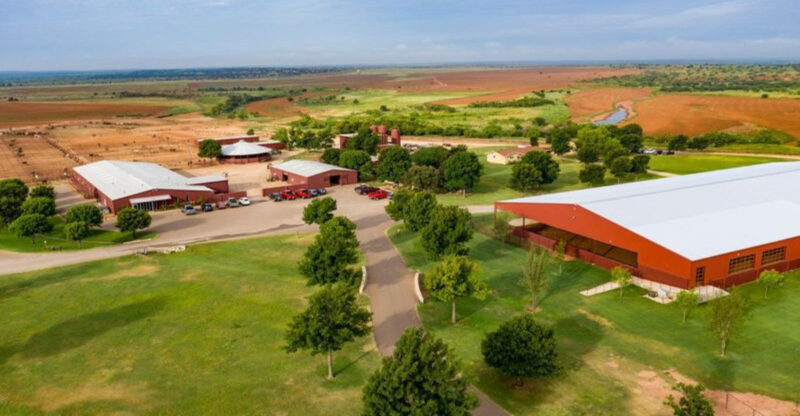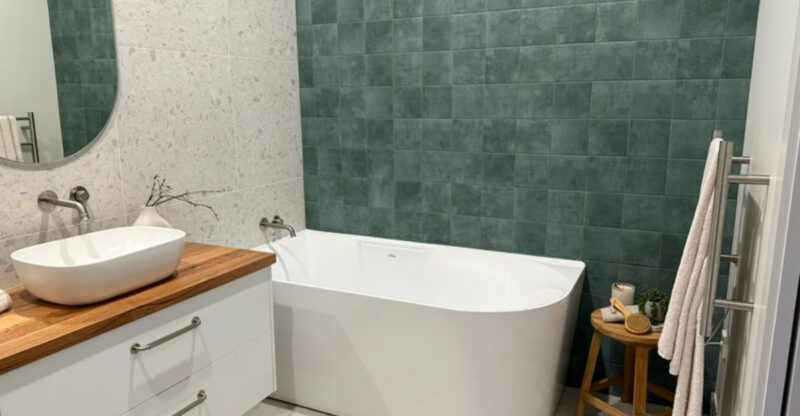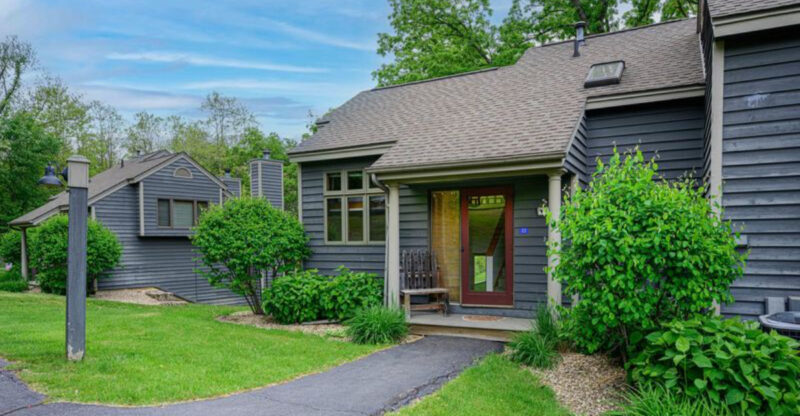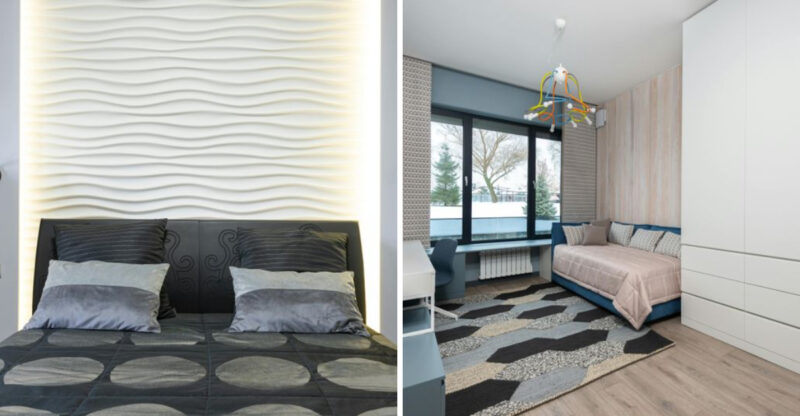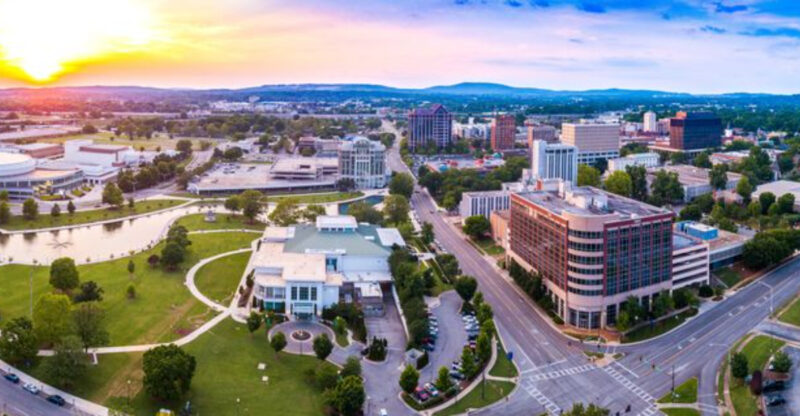New York Home Categories Predicted To Cool As The 2025 Market Shifts
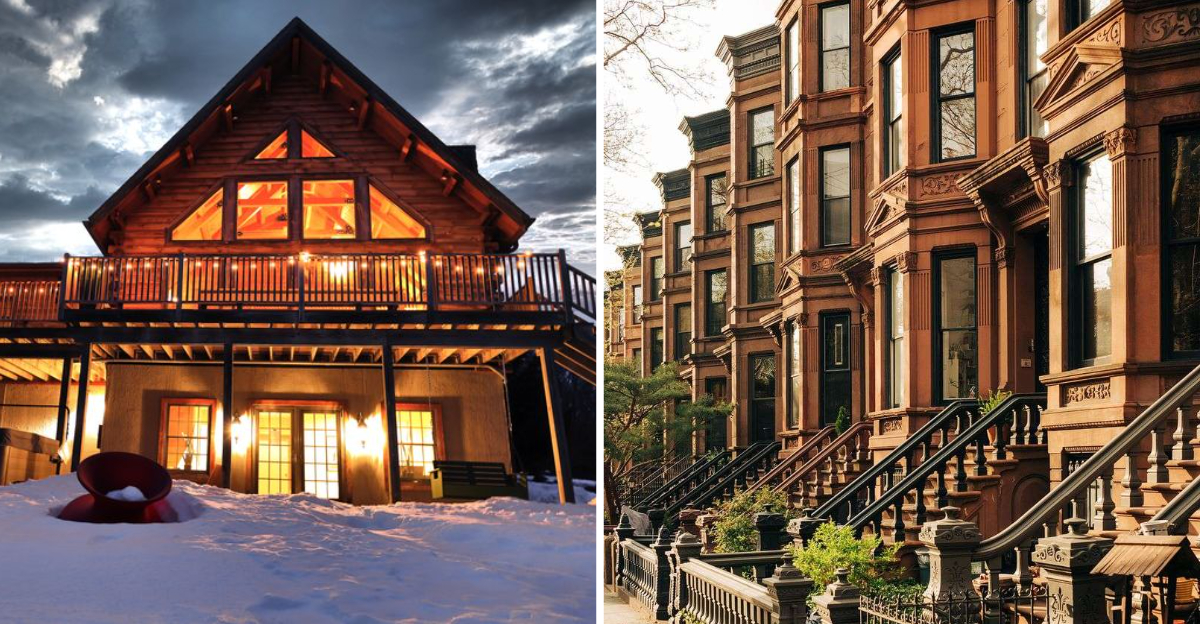
New York’s real estate scene is always changing, and right now we’re watching some surprising shifts happen across the market. Properties that were once red-hot are starting to cool down as buyers rethink what they really want and need.
Understanding which home types are losing steam can help you make smarter decisions whether you’re buying, selling, or just keeping an eye on the market.
1. High-End Condominiums in Midtown Manhattan
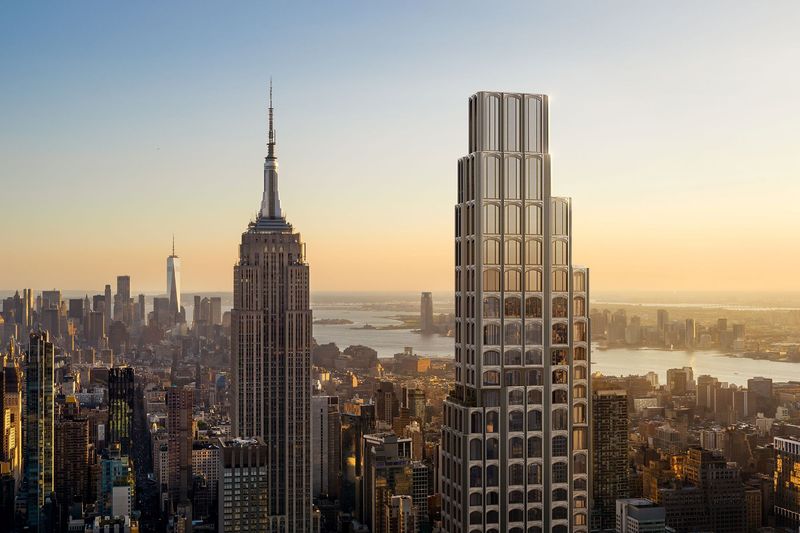
Are you considering a luxury condo in the heart of Manhattan? It’s worth knowing that demand has softened significantly in this category. Hybrid work arrangements have become the new normal, meaning fewer corporate relocations are driving the market.
Too many new units hitting the market at once created an oversupply situation. Buyers suddenly have the upper hand with more options to choose from and better negotiating power. Sellers are finding themselves in tough competition, sometimes waiting months for the right offer.
Prices have started adjusting downward as reality sets in. If you’re shopping in this segment, patience could save you serious money right now.
2. Waterfront Properties in the Hamptons

Owning a piece of the Hamptons used to be everyone’s dream, but that dream is getting expensive to maintain. Property taxes keep climbing, and the cost of upkeep on waterfront estates can drain your wallet fast. Climate concerns aren’t helping either.
Coastal erosion has become a real issue that buyers can’t ignore anymore. When you’re investing millions, the thought of your beach slowly disappearing isn’t exactly comforting. Insurance premiums have skyrocketed too, adding another layer of financial burden.
Year-round living seemed appealing during the pandemic, but now people are reconsidering. The hassle and expense have pushed many potential buyers to look elsewhere for their vacation properties.
3. Historic Townhouses in Harlem
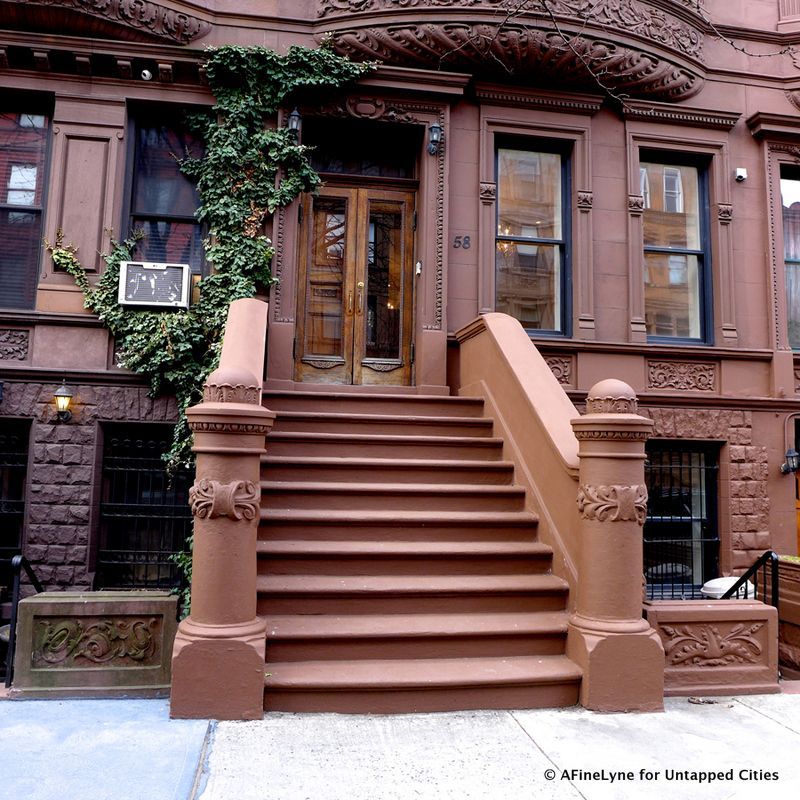
Harlem’s beautiful townhouses carry so much history, but that history comes with complications. Debates about gentrification have made some buyers nervous about investing in these neighborhoods. Community tensions can affect your experience as a homeowner.
Renovation work on historic properties isn’t simple or cheap. You’ll need to preserve original details while updating systems for modern living, which requires specialized contractors. Permits and regulations add months to any project timeline.
Hidden structural issues often pop up once you start work on older buildings. What looks like a straightforward renovation can quickly balloon into a six-figure headache. I’ve seen buyers walk away after getting realistic estimates on restoration costs.
4. Upstate Lakefront Vacation Homes

Did you know that remote vacation homes lost much of their appeal once travel opened back up? People who rushed to buy lakefront properties during lockdowns are now realizing they prefer variety in their getaways. Flying somewhere warm beats maintaining a seasonal house.
Winter months leave these homes sitting empty for half the year. Heating costs, snow removal, and winterization services add up quickly when you’re not even using the place. Spring often brings unwelcome surprises from frozen pipes or roof damage.
Selling these properties has become challenging as the market corrects itself. Buyers are scarce, and prices have dropped noticeably from their pandemic peaks across upstate regions.
5. Luxury Lofts in SoHo and Tribeca
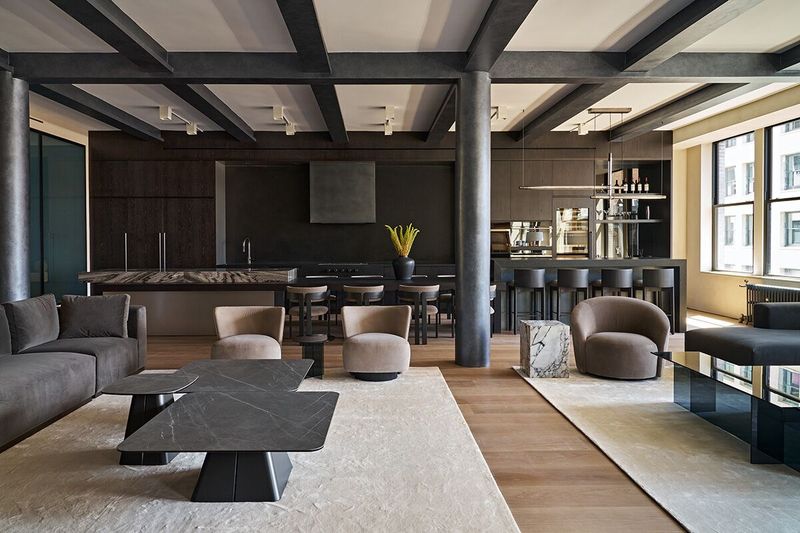
Industrial chic isn’t capturing hearts like it used to in these iconic neighborhoods. Younger buyers today want move-in ready homes with modern finishes, not projects requiring extensive customization. Open floor plans that once felt cutting-edge now seem impractical for remote work needs.
Retail vacancies have changed the character of SoHo and Tribeca dramatically. Walking through empty storefronts doesn’t create the vibrant urban experience buyers expect when paying premium prices. The energy that made these areas special has diminished noticeably.
Maintenance fees on converted loft buildings keep rising as aging systems need replacement. When you combine high costs with declining neighborhood appeal, it’s no wonder demand has cooled considerably.
6. Co-ops on the Upper East Side

How many hoops are you willing to jump through to buy an apartment? Upper East Side co-ops require strict board approvals that can feel invasive and unpredictable. You’ll need substantial down payments, often 20-30% or more, plus strong financials.
Board interviews feel like job applications where you have no idea what they’re really looking for. Younger generations value flexibility and don’t appreciate being told they can’t sublet or need approval for renovations. Aging buildings also mean outdated amenities and infrastructure.
The formal atmosphere doesn’t match how people want to live today. Flexibility matters more than prestige for most buyers entering the market now, making co-ops a tougher sell.
7. Modern Apartments in Hudson Yards
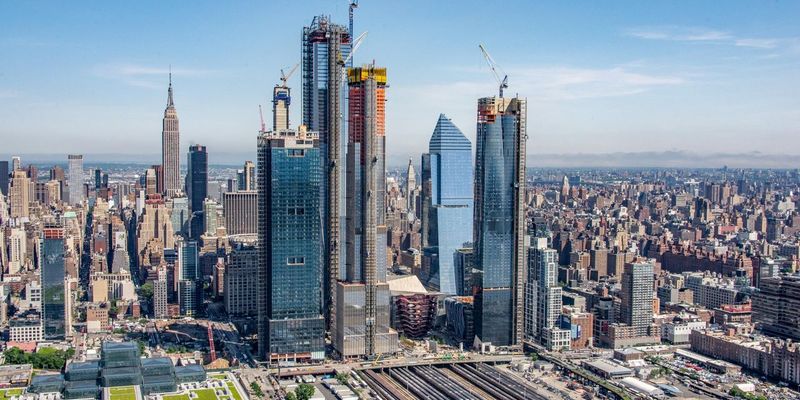
It’s hard to justify the sky-high prices when Hudson Yards still feels like it’s finding its identity. This gleaming new development promised to be Manhattan’s next great neighborhood, but the reality hasn’t matched the hype. Sterile architecture lacks the character buyers crave.
Retail spaces struggle to stay filled, creating an uncomfortable ghost-town vibe on weekends. Limited dining options and entertainment venues mean residents still travel elsewhere for fun. The promised amenities haven’t materialized as expected either.
When you’re paying millions for an apartment, you want an established community with soul. Hudson Yards feels more like a corporate campus than a vibrant neighborhood, which explains why enthusiasm has cooled significantly.
8. Brooklyn Brownstones in Gentrified Areas
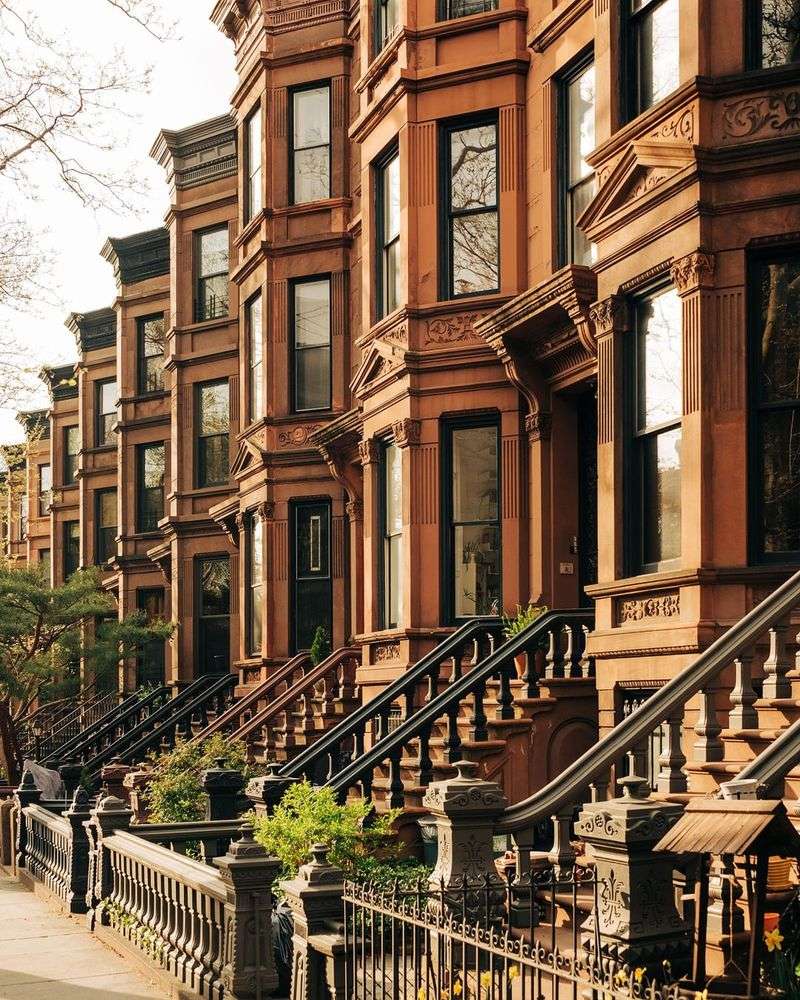
When interest rates climbed, Brooklyn brownstones suddenly became much less affordable for most buyers. These charming homes require extensive renovation work that now costs significantly more than it did just a few years ago. Contractors are booked solid and charging premium rates.
Market fatigue has set in after years of rapid price increases in gentrified Brooklyn neighborhoods. Buyers are questioning whether these properties are truly worth the investment anymore. Comparable homes in other areas offer better value.
Financing a brownstone purchase and renovation simultaneously has become nearly impossible for many families. The dream of owning one of these iconic homes is slipping out of reach, cooling demand considerably across Brooklyn.
9. Investment Properties in Queens
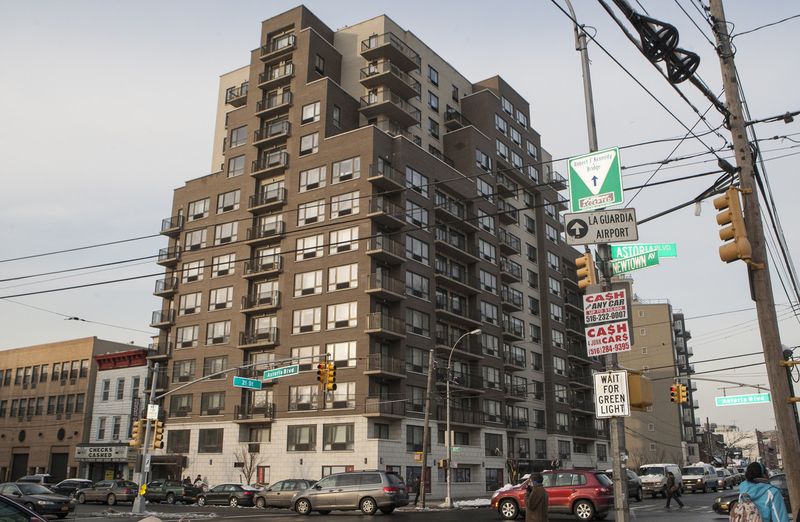
Rising interest rates have completely transformed the investment landscape for Queens rental properties. What used to be a goldmine for landlords is now squeezing profit margins tighter than ever before.
Tenant protection laws have grown stronger, making it harder for property owners to raise rents or handle difficult situations. These regulations, while protecting renters, reduce the financial flexibility investors once enjoyed. Maintenance costs keep climbing while rental income growth remains limited.
Many investors are reconsidering whether Queens properties make financial sense anymore. The combination of higher borrowing costs and stricter tenant rules means returns aren’t as attractive as other investment opportunities.
10. Ski Chalets in the Catskills
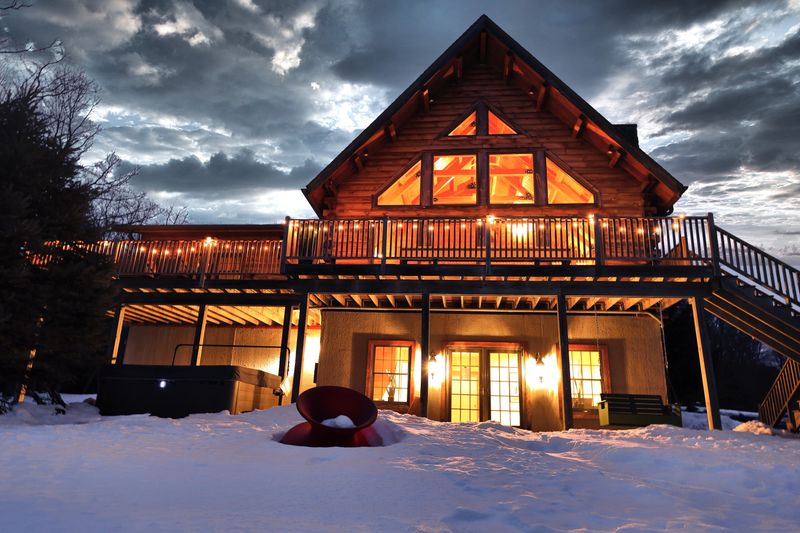
Climate change is making winter sports enthusiasts think twice about buying mountain retreats in the Catskills. Snowfall patterns have become wildly unpredictable, leaving some seasons disappointingly bare while others deliver too much too late.
Buyers worry about spending hundreds of thousands on a ski property that might only be usable a few weeks each year. The warming trend threatens the long-term viability of these areas as reliable winter destinations. Maintenance costs remain high regardless of snow conditions.
Alternative mountain destinations with more consistent weather are pulling buyers away from the Catskills. The uncertainty surrounding future winters makes these chalets a risky investment for recreation-focused purchasers.
11. Student Housing Investments in Albany and Ithaca
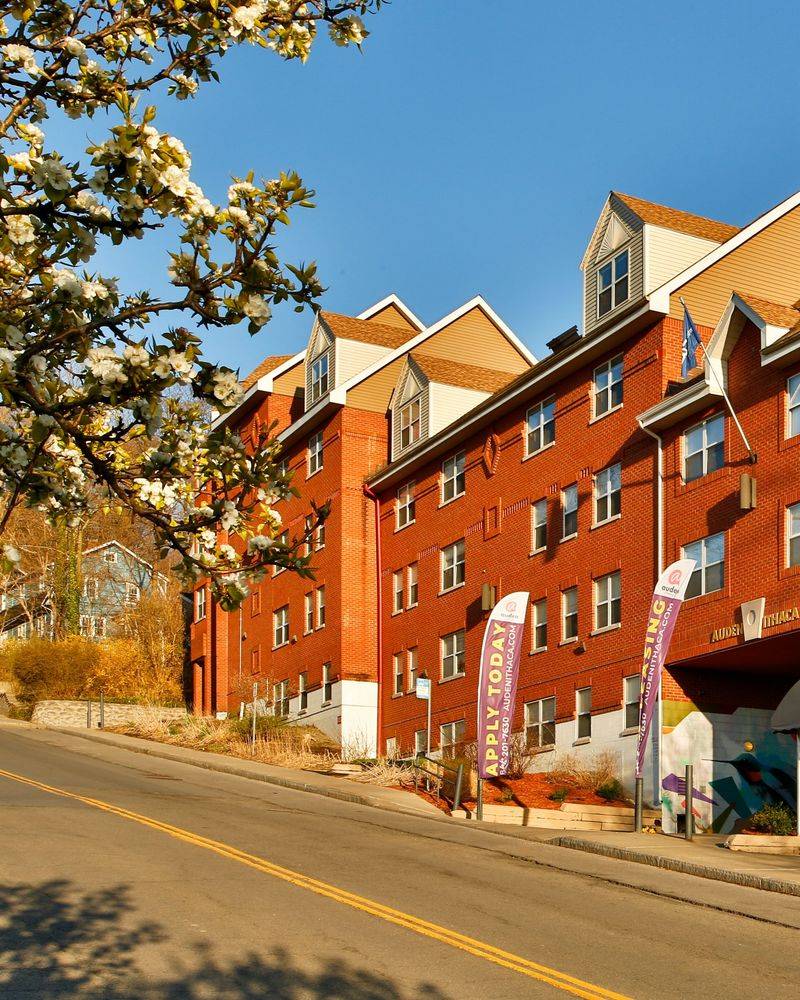
College town investments once seemed like guaranteed money makers, but the landscape has shifted dramatically. Online learning trends and declining enrollment at some institutions are making investors nervous about long-term profitability.
Universities are also building more on-campus housing, which directly competes with private student rentals. This increased competition means vacancy rates could rise unexpectedly. Student tenants typically cause more wear and tear, increasing maintenance expenses significantly.
The short-term lease cycle creates constant turnover and marketing costs that eat into profits. With interest rates higher, the numbers simply don’t work as well as they did a few years ago for these specialized properties.
12. Suburban McMansions on Long Island
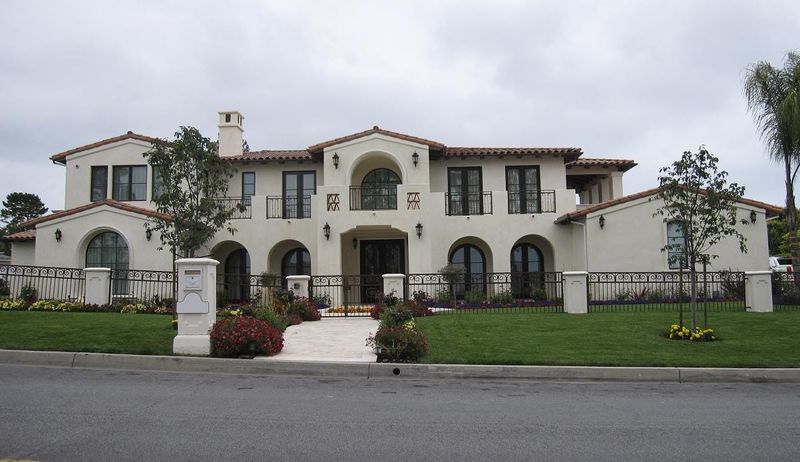
Those massive suburban homes built during the housing boom are losing their appeal fast. Younger buyers prefer smaller, more manageable spaces that don’t require an army of cleaning staff and landscapers.
Energy bills for these oversized houses can run thousands monthly, especially during extreme weather. The environmental consciousness of modern buyers conflicts with the inefficient design of older McMansions. Property taxes on these large lots have skyrocketed, making ownership increasingly expensive.
Renovation costs to update outdated features can easily exceed six figures. Many families realize they don’t actually need 5,000 square feet of living space, making these homes harder to sell at premium prices.
13. Commercial Conversion Lofts in Downtown Brooklyn

Converted factory spaces once represented the coolest urban living option available. Now buyers are questioning whether these industrial conversions are worth the premium prices and ongoing headaches.
Many conversions cut corners on soundproofing, leaving residents hearing every footstep from neighbors above. Heating and cooling systems often struggle with the massive open spaces and old building structures. Parking is typically nonexistent or extremely limited in these dense downtown locations.
Newer purpose-built apartments offer better layouts, modern amenities, and lower utility costs. The charm of exposed brick and high ceilings doesn’t compensate for practical living challenges that emerge over time.
14. Fixer-Upper Homes in Staten Island
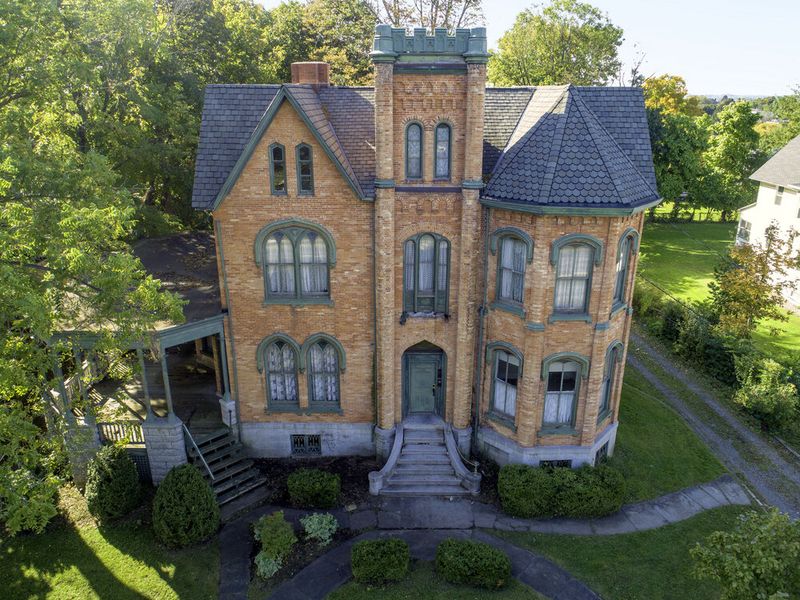
Renovation shows made fixer-uppers look easy and profitable, but reality tells a different story. Construction material costs have doubled or tripled since the pandemic, making renovation budgets explode beyond initial estimates.
Finding reliable contractors has become nearly impossible, with wait times stretching six months or longer. Labor costs have increased dramatically, and many workers are booked solid with larger commercial projects. Permit processes in Staten Island can drag on for months, delaying timelines and increasing carrying costs.
First-time buyers who might have tackled a fixer-upper now prefer move-in ready homes. The financial and emotional stress of major renovations outweighs potential savings for most purchasers today.
15. Luxury Condos in Financial District
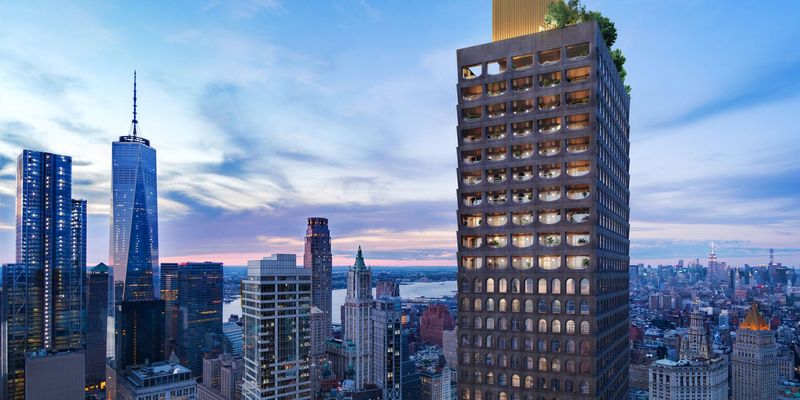
Wall Street’s neighborhood has lost some of its residential luster as hybrid work becomes permanent. Financial professionals who once needed to live steps from the office now prefer neighborhoods with better weekend amenities and nightlife.
The Financial District feels empty after business hours and on weekends, lacking the vibrant community atmosphere buyers want. Many luxury condos here remain dark most of the year as owners use them occasionally rather than as primary residences.
Building amenities can’t compensate for a neighborhood that lacks organic energy and culture. Buyers are realizing they’d rather pay similar prices for apartments in livelier areas with better restaurants, shops, and entertainment options nearby.
16. Rural Farmhouses in the Finger Lakes
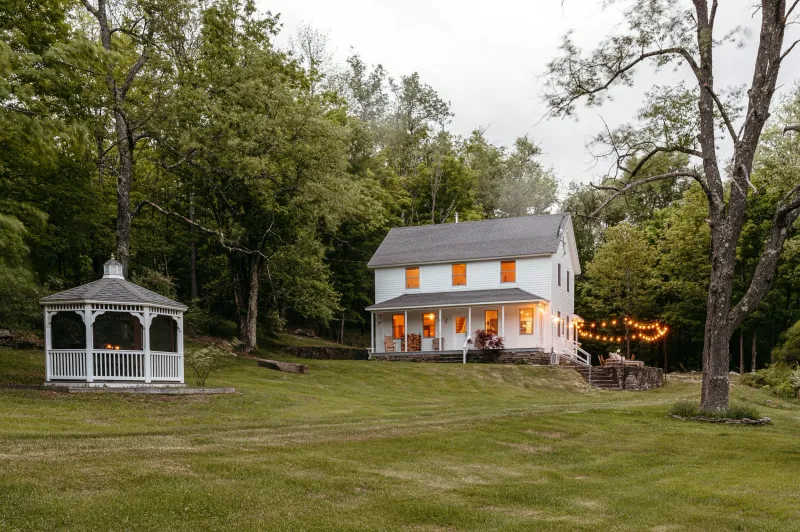
Remote country living sounded romantic during lockdowns, but the reality has proven challenging for many. Internet connectivity remains unreliable in many rural areas, making remote work frustrating or impossible despite promises from providers.
Healthcare access requires long drives to reach quality facilities and specialists. Winter weather can leave properties isolated for days when roads become impassable. Septic systems, well maintenance, and propane delivery add complexity city dwellers never anticipated.
The novelty of farm life wears off quickly when facing harsh winters and limited social opportunities. Many pandemic refugees are returning to suburbs, flooding the market with rural properties nobody wants anymore.


